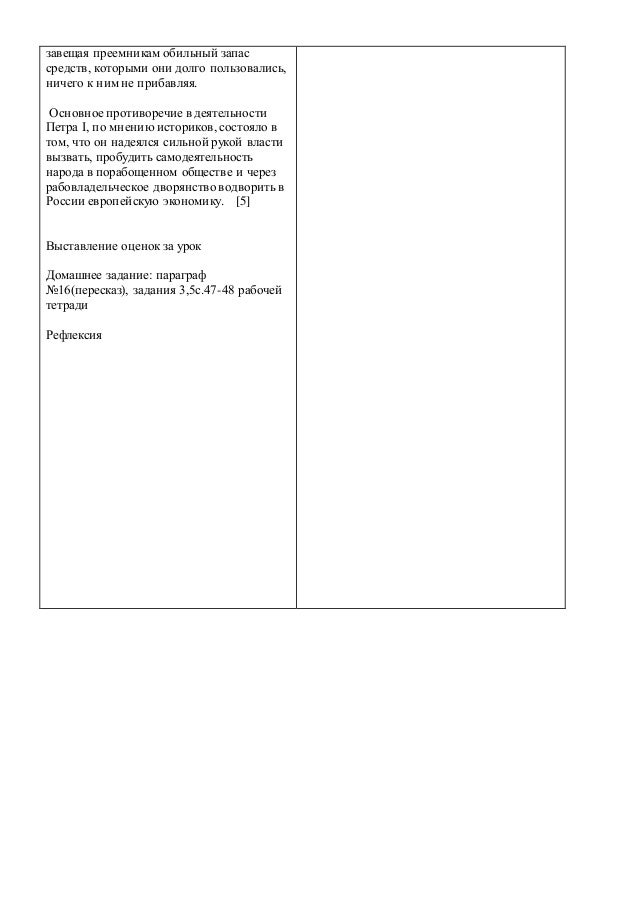Today people in France and Italy, and soon every country in the European Economic Area, join the millions of others who can use Circle Pay to send and receive money instantly within and across borders, directly to individuals or in larger social groups, across Android and iOS devices as well as across currencies, with no fees and zero markup on foreign exchange rates. You can expect to send or request money as easily as you text, email, or share photos: for free, instantly, and without borders. Money today is also social, more than just transactions, which you can experience using Circle Pay’s money message, emoji, photo, GIPHY — and now new group and event features to share money among teams, clubs, roommates, friends, family, and other groups in the context of life’s moments and events.
Jonn3 さん 2013年 03月 15日 06時 43分 20秒.
Behind the scenes, Circle Pay is built upon the vision that open global protocols are emerging to make money work the way other kinds of content already work on the internet, and that global wallets and financial services will be interoperable with one another in the same way that different competing email apps can all use standard protocols to send email to one another. Blockchain technology and crypto assets — including ethereum, bitcoin, and other tokens and cryptocurrencies — accelerate the emergence of these new finance protocols and remain critical to realizing this vision of open global financial services. So we’re also sharing more information about our crypto asset trading growth, how institutions may reach our trading service today, how it benefits people using Circle Pay, and how forthcoming new Circle services may help people everywhere tap into it in the future. France and Italy Launches, EU Availability Today social payments officially arrive in France and Italy, and enter early access in even more European countries: Belgium, Bulgaria, Denmark, Greece, Hungary, Iceland, Lithuania, Norway, Romania, Sweden, and Switzerland. Since first entering Europe via Ireland and the United Kingdom last year, Circle Pay has spread the concept of zero-fee/zero-margin social payments across 29 European countries including: Spain, Austria, Croatia, Czech Republic, Estonia, Finland, Germany, Liechtenstein, Luxembourg, Netherlands, Poland, Portugal, Slovakia and Slovenia. By the numbers, this expansion has meant customer growth in Europe of more than 800 percent year-over-year, and payments volume has grown by more than 700 percent in Europe alone in the past year. Social payments enable people to send money the same way they send texts or post to social media on the internet: it is fluid, easily shared using a mobile phone number or email address, ignores the concept of borders (when is the last time anyone sent a “cross-border” email?), and is social and even delightful rather than awkward or utilitarian.
This new way of thinking about money and payments, which was born in China where it is now common across demographics, is especially interesting to millennials in the West. In Europe, 90 percent of Circle Pay customers are under the age of 35, and 60 percent are not yet 25 years old. Social Money Messages for Groups and Events In Circle Pay, payments flow naturally from social interactions. Sometimes we need to message money as part of a group conversation, such as a group of friends contributing to a meal, or a group renting a house together. Other times we need to pool money for a particular event, like a concert, a party, a trip, or a fundraiser. We can do both of these things much more easily through Circle Pay’s new group and event features, which roll out to more customers starting this week. Using groups, you will be able to request and send money in a single group conversation among your teammates, friends, dinner companions, roommates, and other social groups.
• Robust line of IP cameras -- fixed, panoramic, fish-eye, pan-tilt-zoom (PTZ) and specialty models -- that provide the situational awareness you need while capturing and recording in all lighting conditions and all weather conditions. • Full analytics suite detects and alerts you to motion, direction of motion, loitering, object removal, or attempts to sabotage the camera. Pelco camera downloads. • Visual display that puts you into the scene, even when viewing panoramic landscapes.

Money threads the group chat just like text, social media posts, photos, emoji, and images. Using events, you can create a destination to host payments for your cause, goal, party, trip, team, or any other event.
To learn more about events, take a look at. These new additions join existing features transforming transactions into personal communications — like money messaging, sending and requesting money using photos and emoji, and similar touches. And like all of these features, groups and events work across iOS and Android, so friends can use whichever platform they prefer, and across currencies, so sending sterling to someone receiving euros means an instant zero-cost conversion. Global Money Protocol Standards Just as most of us don’t see the details of HTTP when we browse the web, or the details of SMTP when we send an email, most people don’t need to see the internal details of protocol standards for value exchange in order to benefit from zero-fee, zero-margin, instant and global social payments. But just as in the web and email examples, the underlying existence of standard infrastructure is critical to breaking down the barriers and gateways that historically prevented us from connecting to one another globally and sharing and evolving our media, our opinions, our art and our science — and now, our economics and our expectations for how money works.